Where Does Identity Come From?
(And why most brands get it completely wrong.)
Before you can build a brand, you have to understand what identity actually is.
Not what color it wears. Not what tagline it posts.
Not what some strategist wrote in a deck five months ago.
I’m talking about identity at the core.
Because most brands don’t have one.
They have a style. A tone. A checklist of borrowed behaviors pretending to be self-awareness.
And honestly?
That’s not just lazy. It’s dangerous.
Because when the market shifts or the audience changes or your founder leaves, all you’re left with is the performance. And performance without structure always breaks.
So let’s back up. Before the deck. Before the moodboard.
Let’s ask the real question:
Where does identity come from?
It doesn’t start in marketing. It starts in philosophy.
Plato said the soul was made of three parts—logic, desire, and emotion.
You want to build a brand with integrity?
Those three better be aligned. Strategy. Ambition. Feeling. If even one is out of sync, the whole thing collapses.
Kierkegaard said the self is a relationship that relates to itself.
Translation: identity is not a static object.
It’s a constant reckoning between who you are and who you think you are.
That tension—that gap—is what creates authenticity. Or ruins it.
Most brands aren’t reckoning with anything. They’re copying what looks good.
Psychology doesn’t do much better.
Modern branding loves Jungian archetypes—but most people don’t actually read Jung.
They take the 12-label shortcut and call it strategy.
But Jung didn’t say you are your archetype.
He said you’re a system of parts. Persona. Ego. Shadow. Self. You’re not one role—you’re the conflict between them.
That’s why Shade doesn’t assign a personality. It builds a psyche.
It gives your brand internal contradiction, fear, motive, and behavior.
Because that’s how identity actually works.
And if your brand doesn’t have a system? You’ll keep rebranding every two years and wondering why nothing sticks.
Religion asked the question earlier. And maybe better.
Some systems say identity is given. You’re made with intention. You’re known before you’re born.
Others say it’s illusion. That the self isn’t real—it’s a pattern of attachments and stories.
Some say it’s earned through action. Others say it’s surrendered.
All of those answers matter.
Because when you build a brand without considering belief—without anchoring it to something deeper than product or positioning—it will always feel hollow. And your audience will feel it, even if they can’t explain why.
So where does identity come from?
From conflict. From belief. From structure.
From the parts of you that don’t make sense yet.
If you’re trying to build a brand people actually connect to—one that lives longer than its founder’s Instagram bio—you need more than a clever voice and a moodboard.
You need a system. You need contradiction. You need soul.
Shade starts with that. It doesn’t ask, “What do you want to say?”
It asks:
What do you believe?
What are you afraid of?
Who are you really for?
What part of you are you hiding?
And what happens when the mask breaks?
Because that’s where identity lives.
Not in what you say.
In what you do when the story stops working.

